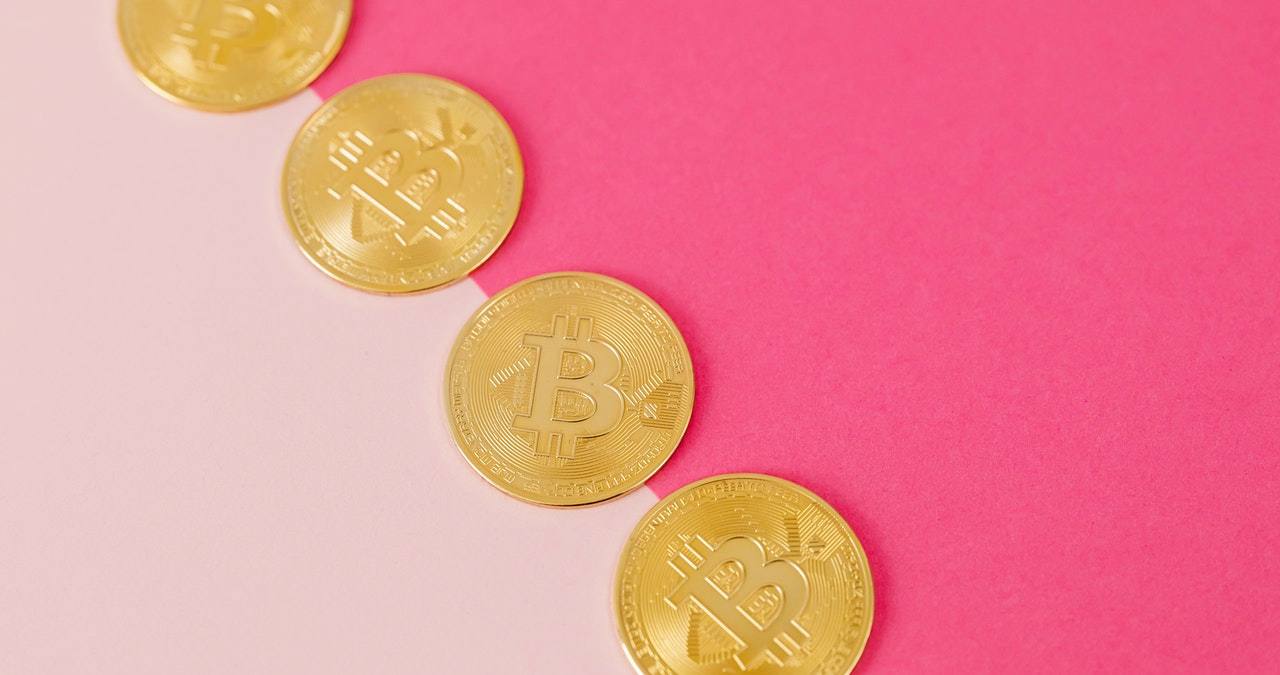Bitcoin has had tremendous growth in value. In 2010, the cryptocurrency’s price jumped from around $0.0008 to $0.08. However, it has also undergone several crashes, making it one of the most volatile assets in the trading space. But before we dive deeper into the history of bitcoin, let us first have a brief introduction to cryptocurrency.
Table of Contents
An Introduction To Cryptocurrency
Cryptocurrency is digital money that can be traded online for goods or services. Since it’s digital, there’s no paper money that you can hold on to or store in your wallet. You can buy cryptocurrencies from brokers using fiat money, or you can mine them.
Blockchain—the technology behind cryptocurrencies—is a virtual ledger spread across computers, which manage and record transactions. As opposed to a centralized banking system, there is no single entity that regulates cryptocurrencies.
A record of transactions is available on a public ledger that anyone on Bitcoin’s peer-to-peer network can see. Each time a transaction is made, the record for that transaction creates a block. The continuous addition of blocks creates a chain, which is why it’s called a blockchain.
Cryptocurrencies can serve a broad range of functions. You can use them to send and receive payments, invest in tech startups, and even convert them into local currency during your travels.
What makes crypto attractive to people who use them is the level of security that blockchain technology offers. This is possible since owners of cryptocurrencies will have to verify their ownership using private keys. Blockchain also keeps transactions secure through encryption techniques like hashing.
When Did Bitcoin Begin?
The idea behind Bitcoin is courtesy of Satoshi Nakamoto, a pseudonym for Craig White. On Oct. 31, 2008, Nakamoto gave the world a preview of Bitcoin by posting a message on “Bitcoin P2P e-cash paper,” a mailing list devoted to cryptography. Nakamoto’s message included a link to a white paper titled “Bitcoin: A Peer-to-Peer Electronic Cash System.”
Nakamoto’s vision for Bitcoin was to be an alternative to traditional currencies. Bitcoin is decentralized, meaning transactions are not bank-regulated. Bitcoin owners can directly send their coins to others via the Bitcoin network, without having to go through an intermediary bank.
By Jan. 3, 2009, the genesis block—the first block to be ever mined—signaled the launch of Bitcoin, although Bitcoin had no real-world price value then.
Miners – computers that verify the legitimacy and accuracy of previous bitcoin transactions or which solve complex math problems to get rewards in the form of new bitcoins – used their Bitcoin assets to trade them among themselves.
On May 22, 2010, the first transaction that gave Bitcoin monetary value took place. Someone who ordered pizzas worth $25 paid for them using 10,000 bitcoins.
Bitcoin Keeps Getting Bigger
At the moment, the Bitcoin market is worth hundreds of billions of dollars. The pioneer in cryptocurrency is going stronger and enjoying mainstream attention with the financial sector and many other industries like travel, education, retail, gaming, and a whole lot more accepting Bitcoin as a mode of payment. Countries that allow the use of Bitcoin include developed nations like Canada, the U.K., and the United States. With more than 10 years of existence and a market cap that keeps growing, Bitcoin is arguably the next best thing to own and invest in.
Also Read: Business Backup Professional Backup Software
